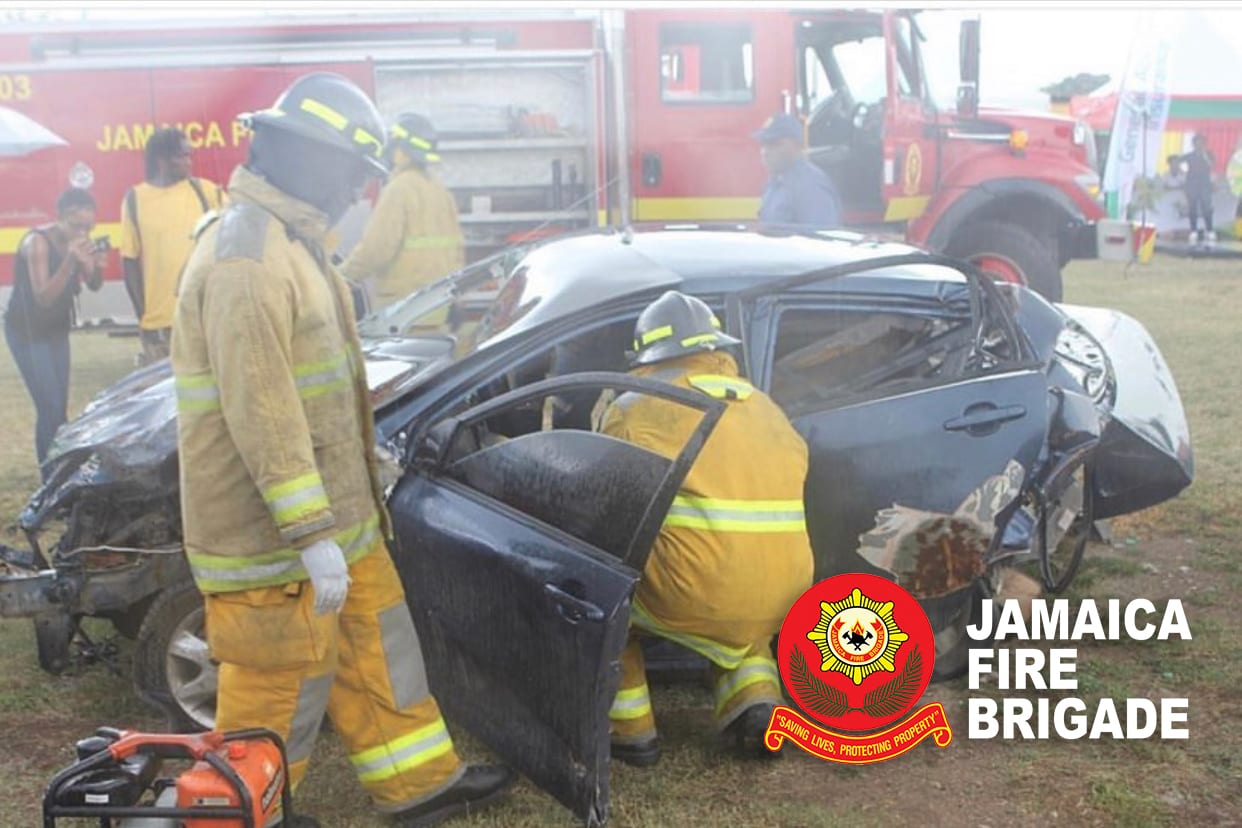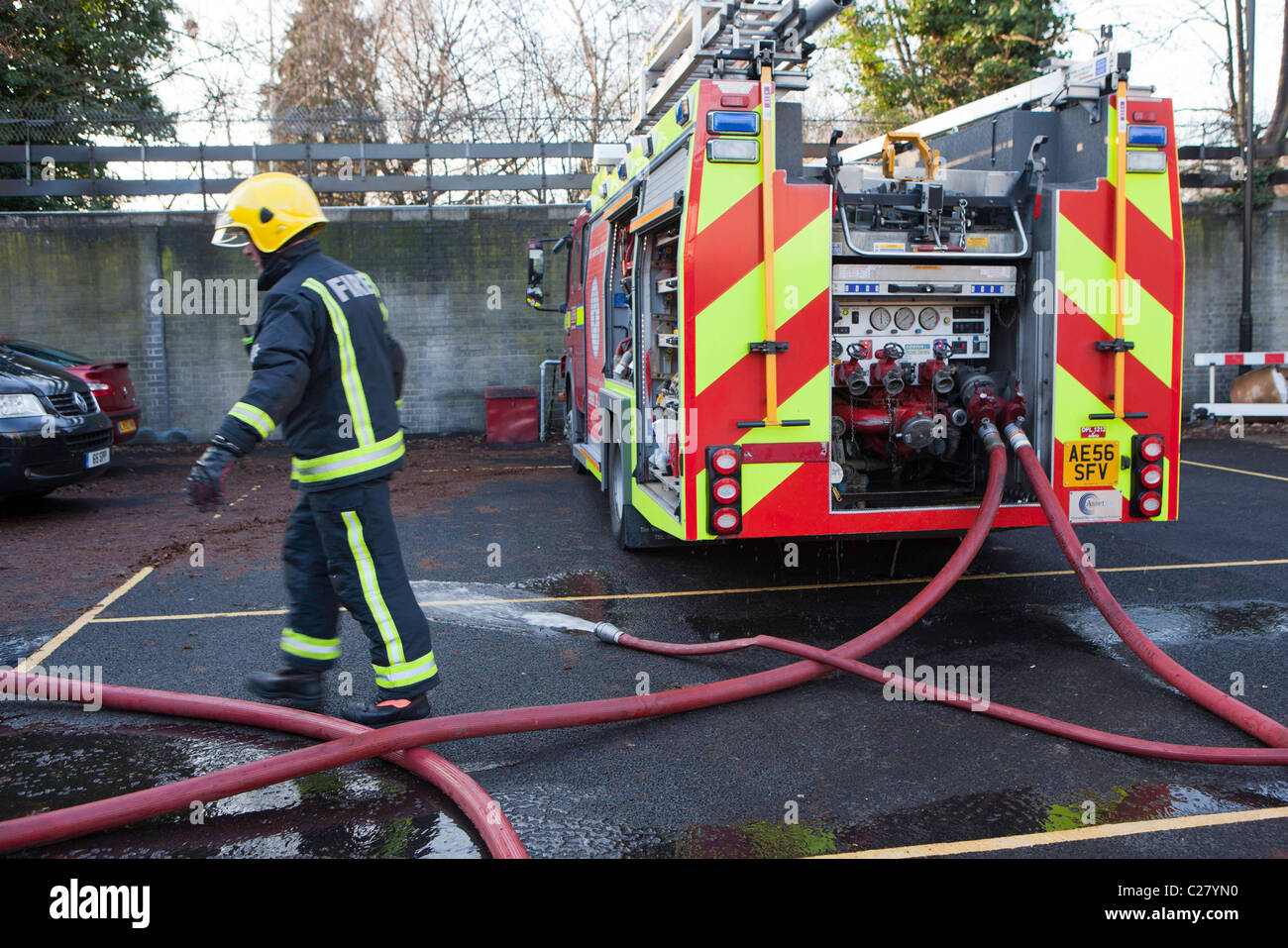Emergency preparedness is a critical concern for building managers. Two key components of fire protection are sprinkler systems and brigade drills. Automatic fire suppression setups limit destruction, trained fire brigades support evacuation efforts.
How Do Sprinkler Systems Work?
Advanced fire control technologies react immediately by spraying water when triggered by sensors. Sprinkler valves targets specific areas, localizing the response.

Critical aspects of fire sprinklers include:
- Sprinkler heads: Activate water flow to limit damage.
- Water transport system: Connects water sources to sprinklers.
- Safety panels: Monitor fire events.
- Connected water supply: Maintains readiness in emergencies.
The Importance of Emergency Preparedness Programs
Brigade readiness programs educates personnel to act quickly during crises. These programs teach essential skills, reducing panic during crisis scenarios.

Important parts of fire brigade training include:
- Awareness building: Identifying safety concerns.
- Emergency exit strategies: Reducing evacuation time.
- Firefighting techniques: Training with extinguishers.
- Collaborative response skills: Coordinating under pressure.
Como funciona um sistema de sprinkler?
sprinkler sistema
How Sprinkler Systems and Fire Brigade Training Work Together
Using automatic fire suppression with brigade drills enhances fire protection efforts. Sprinklers control the fire early, while trained fire brigades ensure proper evacuation.

Uniting tools and expertise offers unparalleled fire safety for residential areas, offices, and industrial facilities alike.
Conclusion: Prioritizing Fire Safety with Comprehensive Protection
Investing in sprinkler systems and providing fire brigade training demonstrates responsibility. When used in combination, these measures mitigate fire risks.
Take action for a safer tomorrow by consulting fire suppression experts and initiating fire brigade training. Preparedness is the key to protection!